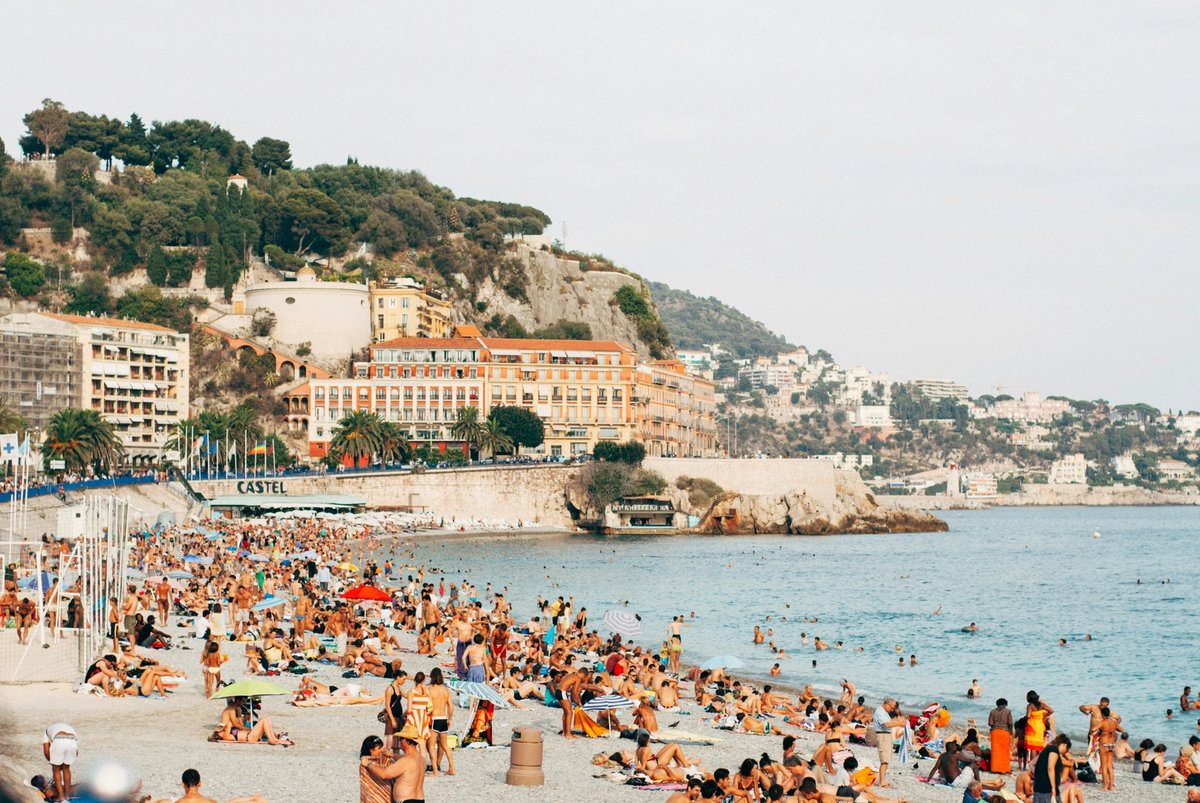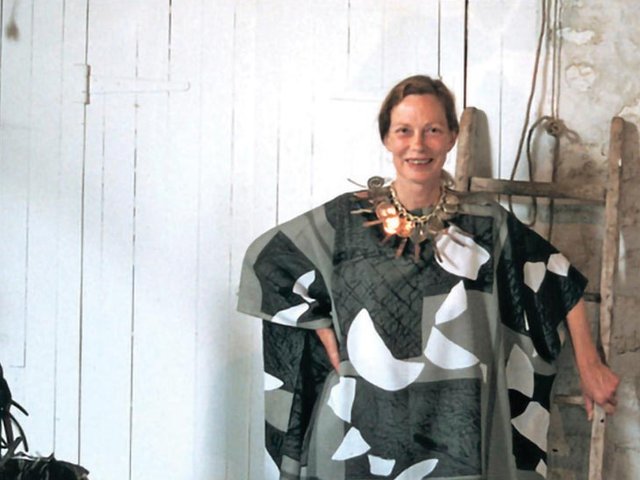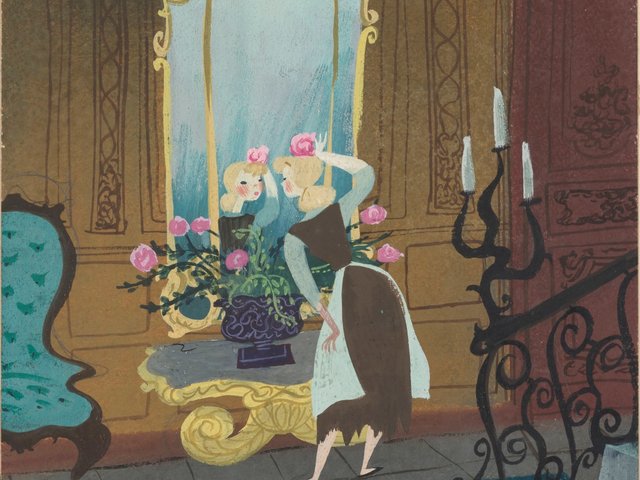The French Riviera, that strip of star-powered Mediterranean coastline between Saint-Tropez and the Italian border, first stepped into the limelight in the 19th century, when British grandees sought out its mild winters and louche atmosphere. Over the decades, it has been a stomping ground for everyone from Queen Victoria and 1950s playboy Ali Khan to Hollywood A-lister Tom Hanks. A Cannes Film Festival regular, Hanks is starring in Wes Anderson’s new film The Phoenician Scheme, set to premiere in this year’s main competition on 18 May.
Visual artists have been a fixture since the 1890s, when French Neo-Impressionist Paul Signac discovered Saint-Tropez, then a fishing village. In 1903, an ill and aged Pierre-Auguste Renoir had settled in Cagnes-sur-Mer, east of Nice. In 1917, Henri Matisse, then in his prime, first started spending time in Nice proper, and soon made the Côte d'Azur’s distinctive light and vibrant colours his own. By the 1970s, the Riviera had left its mark on figures as diverse as Pablo Picasso (another decades-long denizen), native niçois Yves Klein and Monte Carlo photographer Helmut Newton.
Wintering grandees gave way to summering bohemians starting in the 1920s, when the novelist F. Scott Fitzgerald and his wife Zelda were staking a claim on the Cap d’Antibes. And by the 1950s, sun-hungry tourists were helping to usher in a new era of busy highways, cheap (or just cheaply built) hotels, over-priced restaurants and over-crowded beaches. The area’s artistic legacy was first repackaged as an official cultural attraction in the early 1960s, when the Musée national Fernand Léger opened in Biot, between Nice and Cannes. Now Matisse, Marc Chagall, Picasso and Pierre Bonnard all have eponymous Riviera museums, and Nice is arguably an artistic capital that can rival any French city after Paris.
1. Paul Signac, Saint-Tropez, le quai (1899), Musée de l’Annonciade, Saint-Tropez
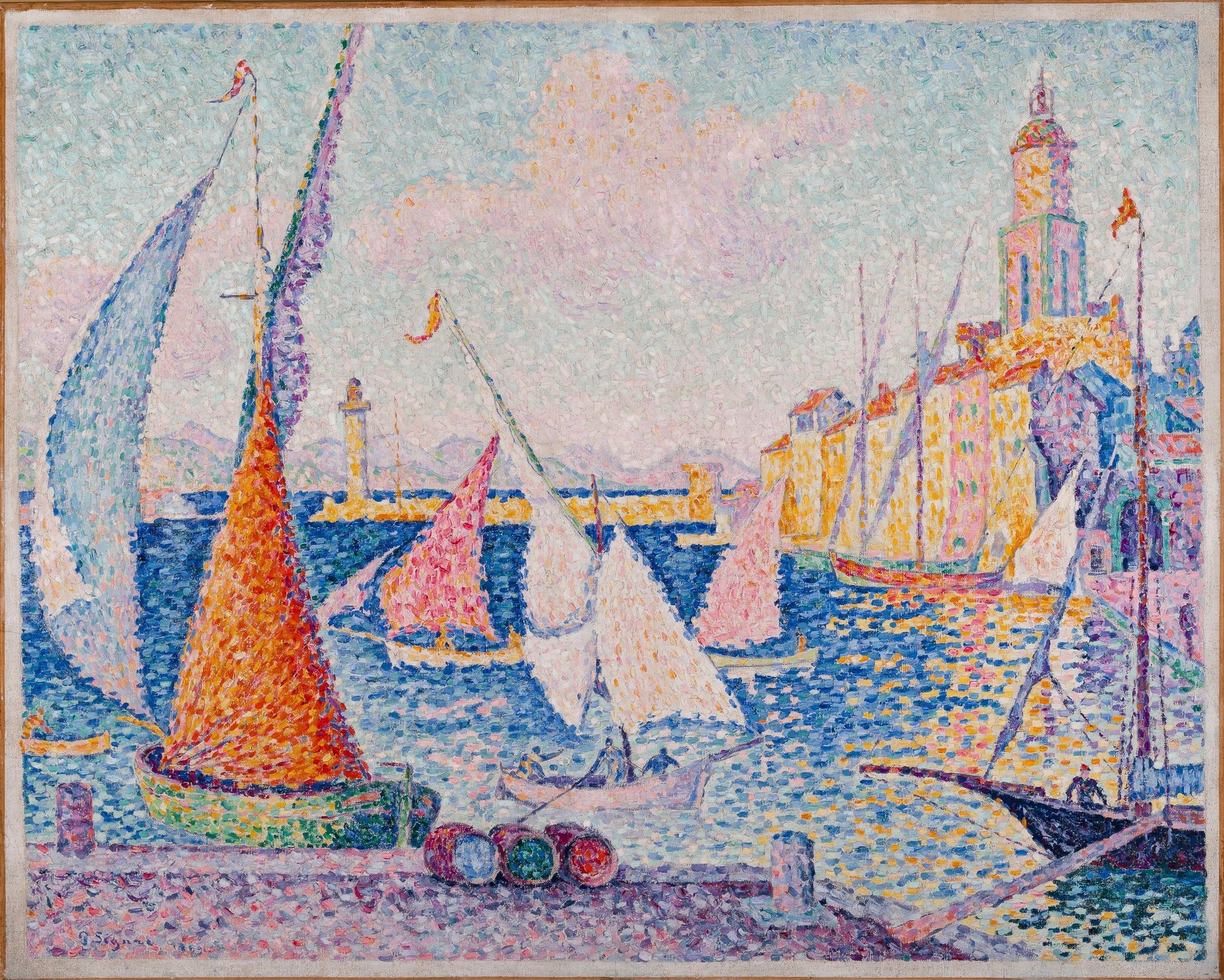
Paul Signac, Saint-Tropez, le quai (1899)
Photo: Collection Musée de l’Annonciade, Saint-Tropez
In the early 1880s, Renoir and Claude Monet made a momentous trip to the Riviera. But it wasn’t until a decade later, in 1892, that Pointillist Paul Signac made his move to Saint-Tropez, then a secluded coastal village only reachable by steamer or coach, where he went on to spend his winters for decades.
At the time, it was still “deserted and sparkling”—as British author Jonathan Miles describes it, in his recent cultural history of the Riviera, Once Upon a Time World—and it became Signac's perennial source of inspiration.
Signac’s depictions of Saint-Tropez can be found in museums from Massachusetts to Moscow, but several fine examples are still in Saint-Tropez’s own Musée de l'Annonciade, including this 1899 harbour scene, which fuses the area’s pinks, oranges and blues.
Directions here.
2. Henri Matisse’s Fleurs et fruits (1952-53), Musée Matisse de Nice
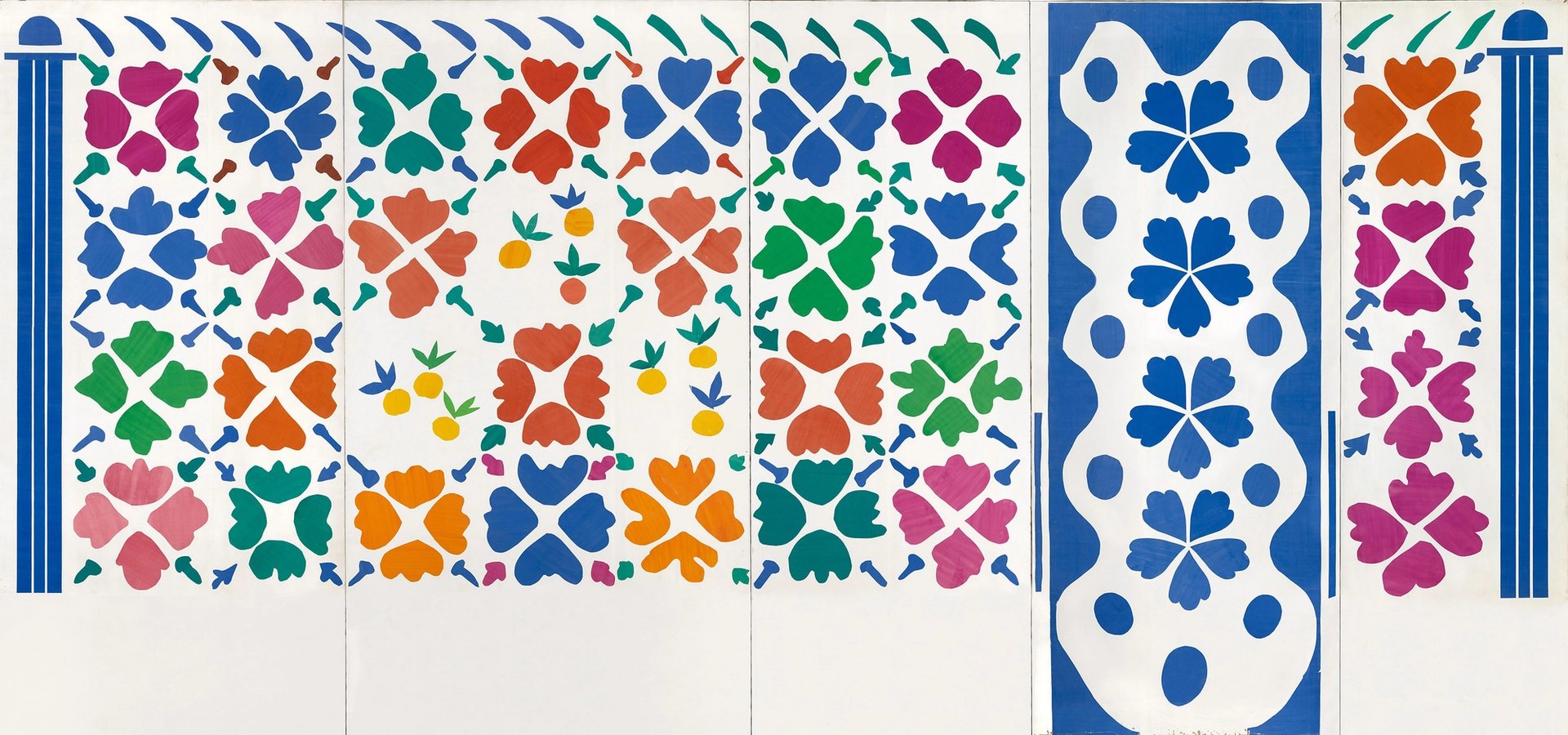
Henri Matisse, Fleurs et fruits, Nice (1952-53) Succession Henri Matisse+Musée Matisse Nice+photo François Fernandez
Starting in the winter of 1917, Matisse began abandoning his studio on Paris’s Left Bank for Nice’s welcoming climate, and by 1921 he had moved there permanently. The last three decades of his life were transformed by the experience, which altered his North African-inspired palette. His sharp acidic colours gave way to softer, lighter pastels, and once lavishly clothed women lost their clothes.
The artist’s hometown-of-choice opened up a museum in his honour in 1963 and it is an ideal place to trace this transformation. The North African influence is still present in the Musée Matisse's 1927 orientalist work Odalisque au coffret rouge, painted in Nice, but the Riviera’s impact came into full bloom starting in the late 1940s, when he set aside oil paint in favour of paper cut-outs mounted on canvas. This flower-and-fruit cut-out mural, over eight meters long and created when he was in his 80s, is one of the museum’s key works.
Directions here.
3. Ludovico Brea, Altarpiece of Saint Nicholas (1500), Cathedral of Monaco
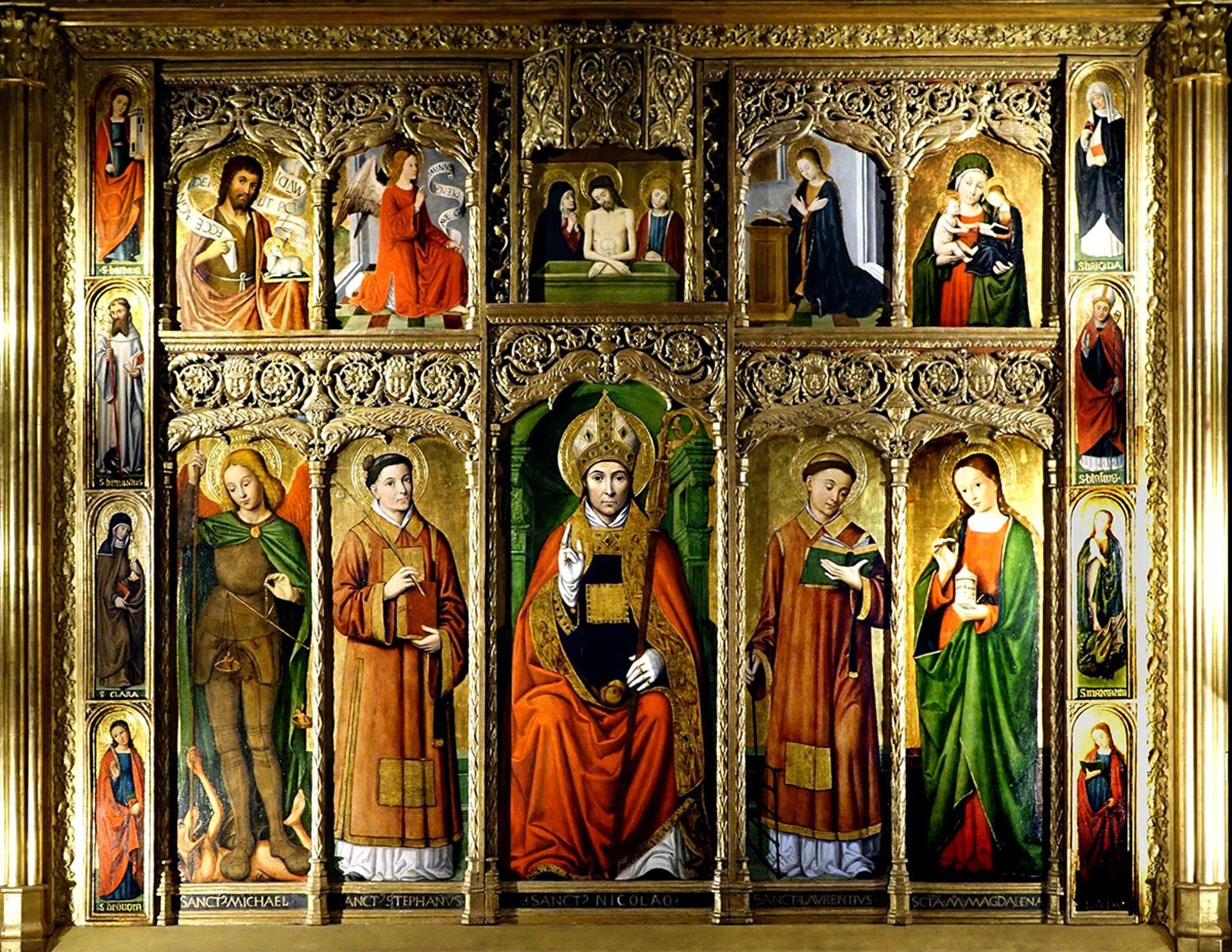
Ludovico Brea, Altarpiece of St Nicolas (1500) in the Cathedral of Monaco
Photo: Wikimedia Commons
For centuries, what is now the French Riviera was a buffer zone between France, the Republic of Genoa and the Franco-Italian states of the House of Savoy. Though now associated with the giants of high Modernism, the region is also notable for Ludovico Brea, the Nice-born, Genoese painter.
Though he first excelled at a late-Medieval Gothic mode, preserved in an important early work from the 1470s now in Nice’s Cimiez Monastery, Brea would help to bring the new Renaissance style north to Genoa-controlled Liguria. This transitional altarpiece, combining Medieval stasis with 16th century humanism, is one of the artistic treasures of the Principality of Monaco.
Directions here.
4. Josep Lluís Sert’s Fondation Maeght (1964) Saint-Paul de Vence
After the Second World War, when the centre of the art world relocated from Paris to New York, a glittering exception was the French capital’s Galerie Maeght, whose Left Bank premises showcased French giants such as Matisse and Georges Braque along with Spanish figures Joan Miró and Eduardo Chillida. In the late 1950s, when it came time for art dealer Aimé Maeght and his wife Marguerite to create a Riviera art foundation and museum, they turned to Spain’s leading architect, Josep Lluís Sert, whose influences ranged from fellow Catalan Antoni Gaudí to Le Corbusier.
Sert’s hillside complex, surrounded by pine trees, ties itself to mythology, with the main building’s trademark u-shaped roofs recalling an ancient rendering of the sun and the curve of a bull’s horns.
Directions here. Book advance tickets here.
5. Barbara Hepworth’s Figure (Walnut) (1964), Fondation Maeght, Saint-Paul de Vence
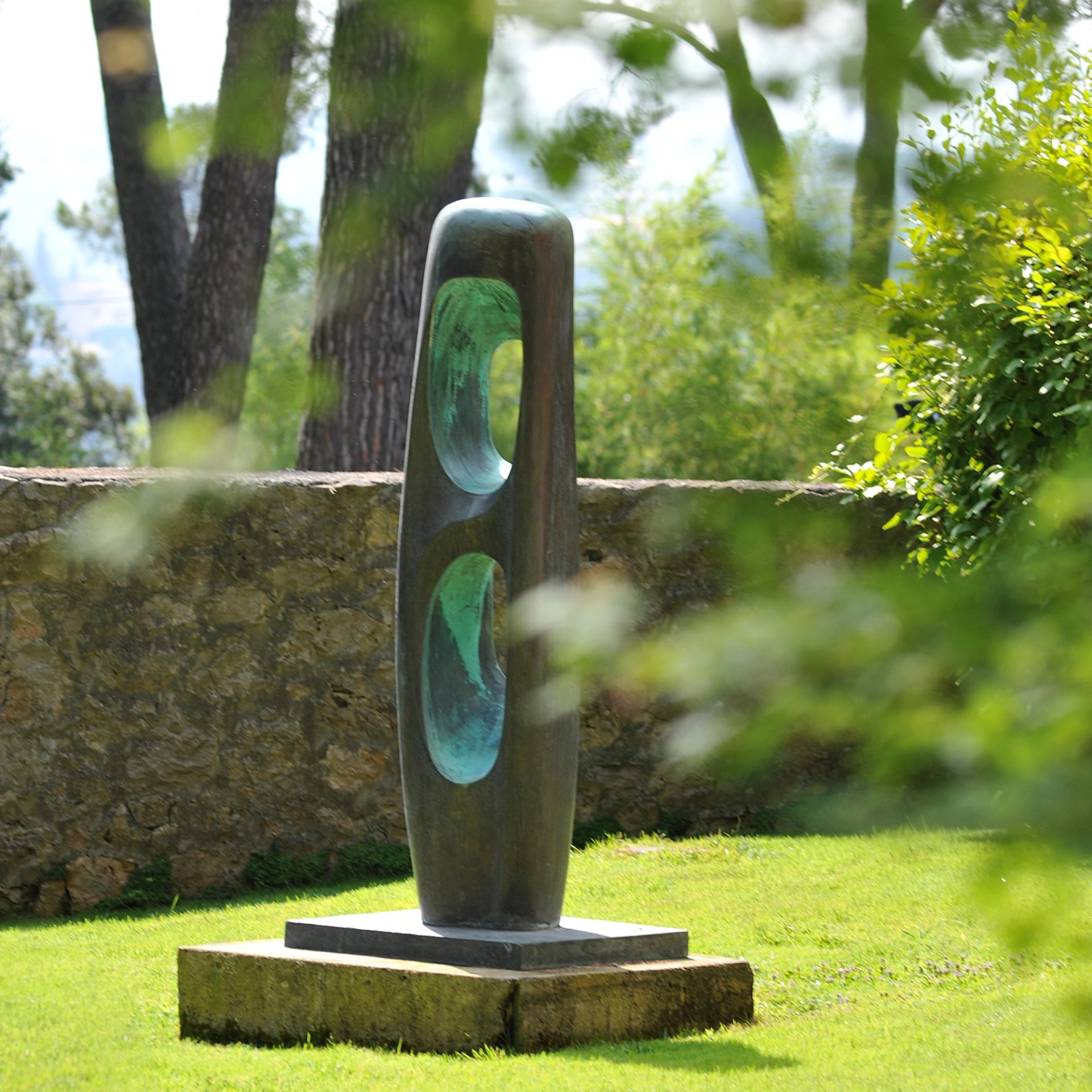
Barbara Hepworth, Figure (Walnut) (1964) © Bowness; 2025
Concave meets convex in this outdoor bronze work by one of Britain's leading 20th-century figures, who plays here with the contrast between solidity and vacuity.
A native of Yorkshire and longtime resident of St Ives in the far corner of Cornwall, Hepworth is a product of continental influences, such as work by Modernists Constantin Brancusi and Jean Arp. Her sculpture is right at home on the grounds of the Fondation Maeght, a celebration of Modernism in all its forms, which acquired the piece not long after opening in 1964.
This summer, the foundation will be ground zero for Hepworth fans when it mounts a major survey of the artist’s work, Barbara Hepworth: Art & Life.
Directions here. Book advance tickets here.
6. Marc Chagall, Self-Portrait in Green (1914), Musée National Marc Chagall, Nice
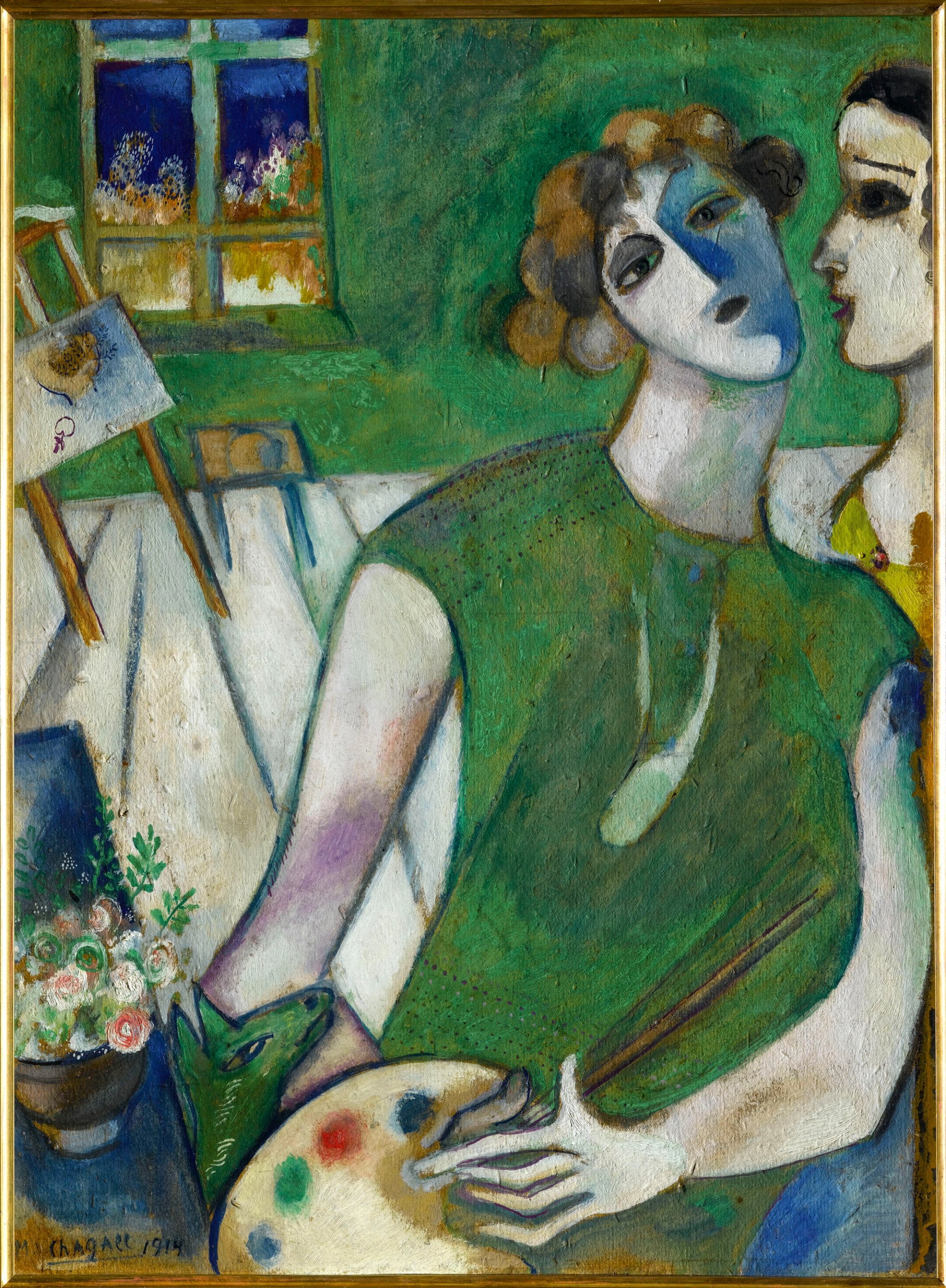
Marc Chagall, L'Autoportrait en vert (1914) © Photo RMN - Gérard Blot ADAGP; Paris; 2025
For a time in the 1950s, Picasso, Matisse and Marc Chagall were all living and working on the Riviera as rival colossi. Time has been especially kind to Matisse, somewhat less so to Picasso, and perhaps least of all to Chagall. Though he outlived the other two, his half-century-long mature career can seem to lie in the shadow of his magical early work, which settled into a static template of airborne animals, beaked humans, deep blues and infernal reds.
Chagall was based on the Riviera from the early 1950s until his death in 1985, and he was around for the opening of his signature museum in 1973, which started out as a venue for his later biblical works. Now it has art from the whole of his career, including this self-portrait from his productive and inspired 20s, in which he is shown with his muse, and later wife, Bella, both made buoyant by a marvellous and uncharacteristic green.
Directions here.
7. Fernand Léger, Le 14 Juillet (1914) Musée national Fernand Léger, Biot
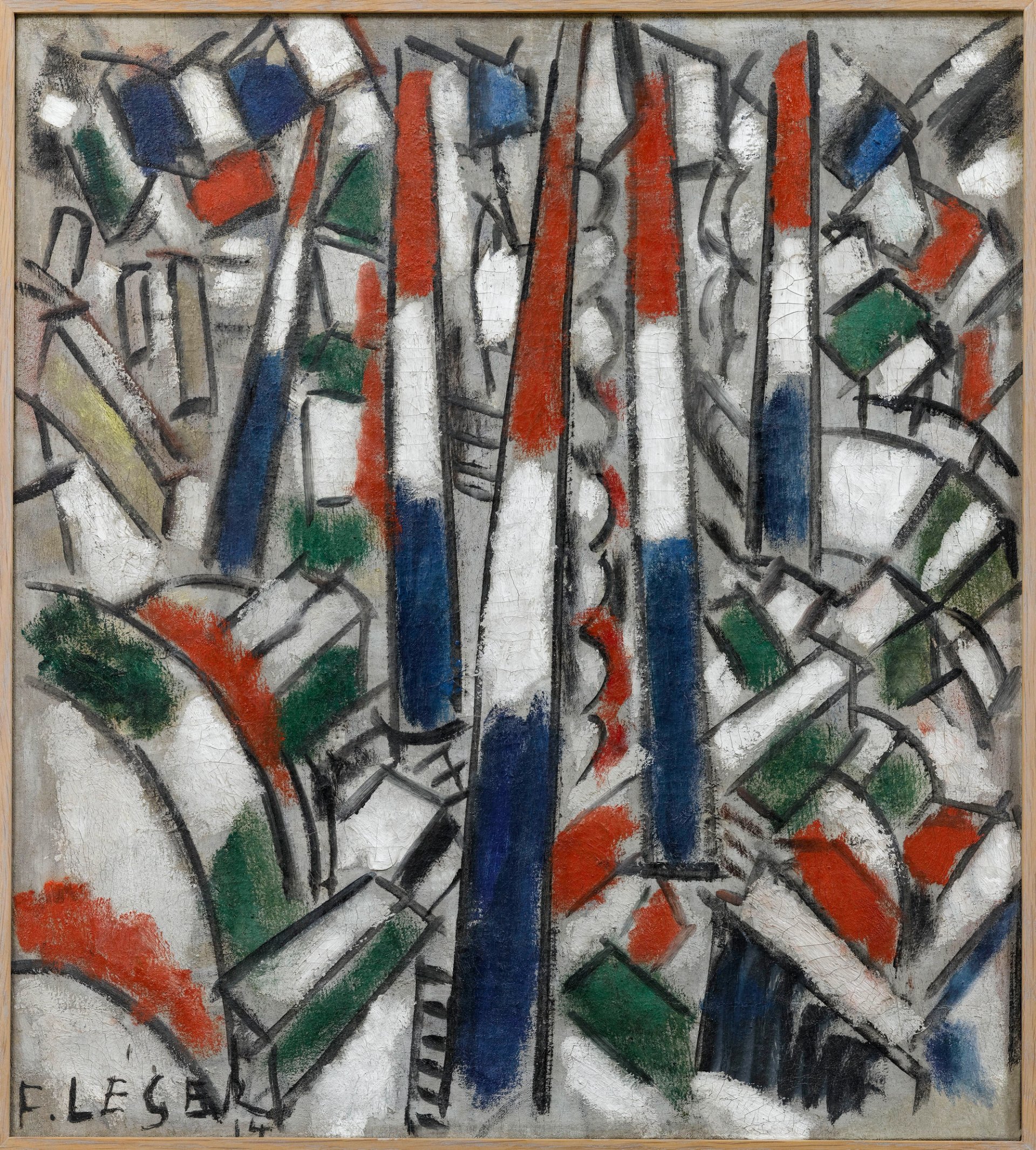
Fernand Léger, Le 14 Juillet (1914) Photo: © RMN-GP / Gérard Blot © ADAGP, Paris, 2025
In 1955, the last year of his life, Fernand Léger bought a villa in Biot, then a village between Cannes and Nice. Léger, an early and idiosyncratic Cubist whose later work took on a populist appeal, bought the property intending to create an outdoor sculpture garden but died before he got the chance.
In 1960, the site was redeveloped and turned into a museum in his memory. It is now home to the world’s largest Léger collection.
This 1914 painting, a near-abstract rendering of vertical flagpoles titled after Bastille Day—France’s national day—remained in his studio throughout his lifetime. Léger would later claim that its geometric contrasts foreshadowed the violent world war soon to follow.
Directions here.
8. Pablo Picasso’s La joie de vivre (1946) Musée Picasso, Antibes
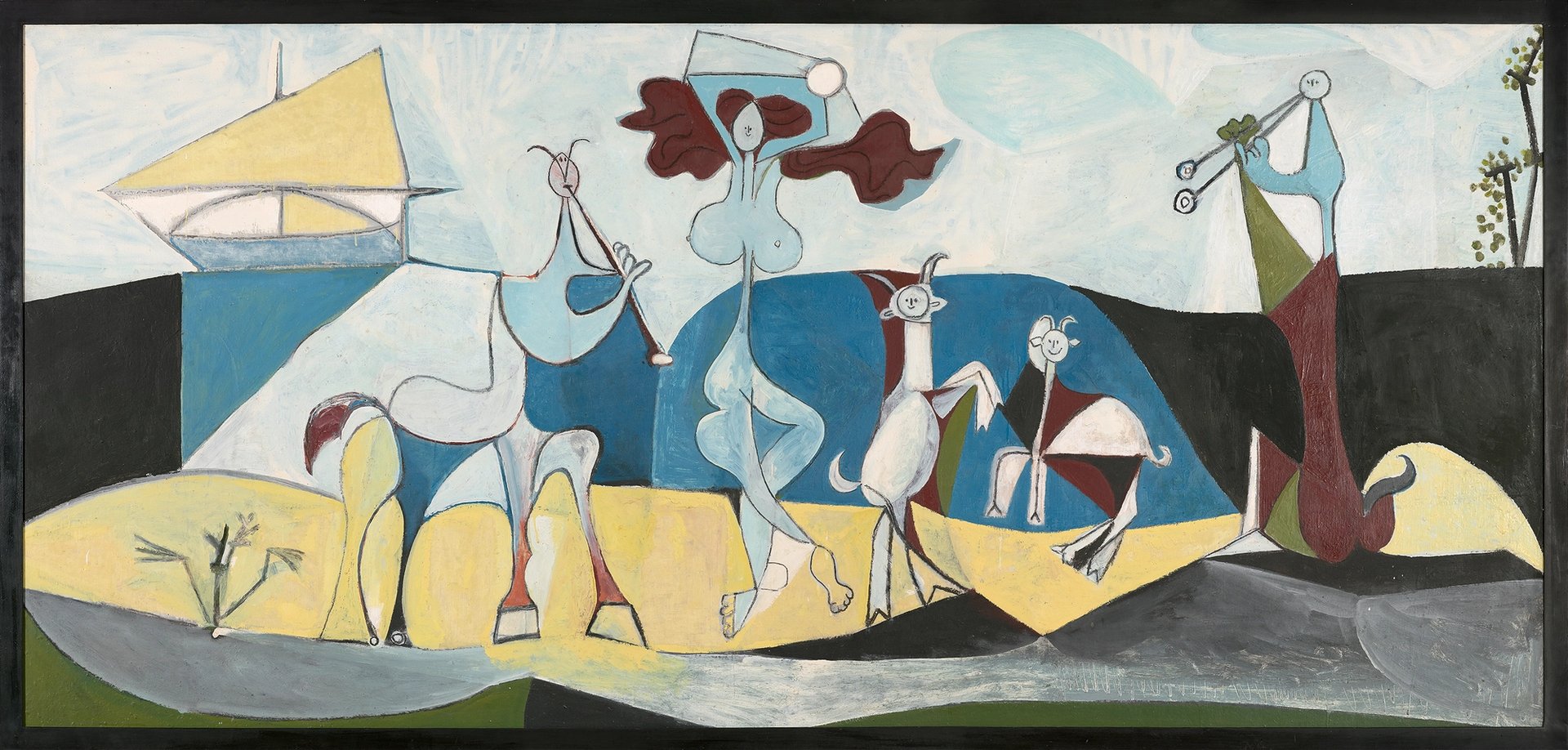
Pablo PICASSO, La joie de vivre (1946)
© Succession Picasso/DACS, London 2025. Credit: Musée Picasso Antibes Photo: François Fernandez
Picasso is associated with many locations on the Riviera, from Vallauris, not far from Juan-les-Pins, where he lived from 1948 to 1955, to Mougins, above Cannes, where he lived in the last decade of his life ensconced in a grand estate. But arguably none has quite the artistic significance of, where he visited before the Second World War and lived for a matter of months just after. His nocturnal 1939 masterpiece, Night Fishing at Antibes, now in New York’s Museum of Modern Art, envisions a world of approaching darkness; his 1946 follow-up, painted in the first year of peace, is a joyful corrective.
Filled with pipe-playing fauns and dancing animals—and infused with the love he felt for his very young companion, Françoise Gilot—the painting is a parody of sorts of a 1905-6 work by Riviera rival Henri Matisse. But like many of Picasso’s riffs and homages, it’s less rip-off than radical reinvention.
Directions here.
9. Jean Cocteau’s Chapelle Saint-Pierre de Villefranche-sur-Mer (“chapelle Cocteau”), Villefranche-sur-Mer
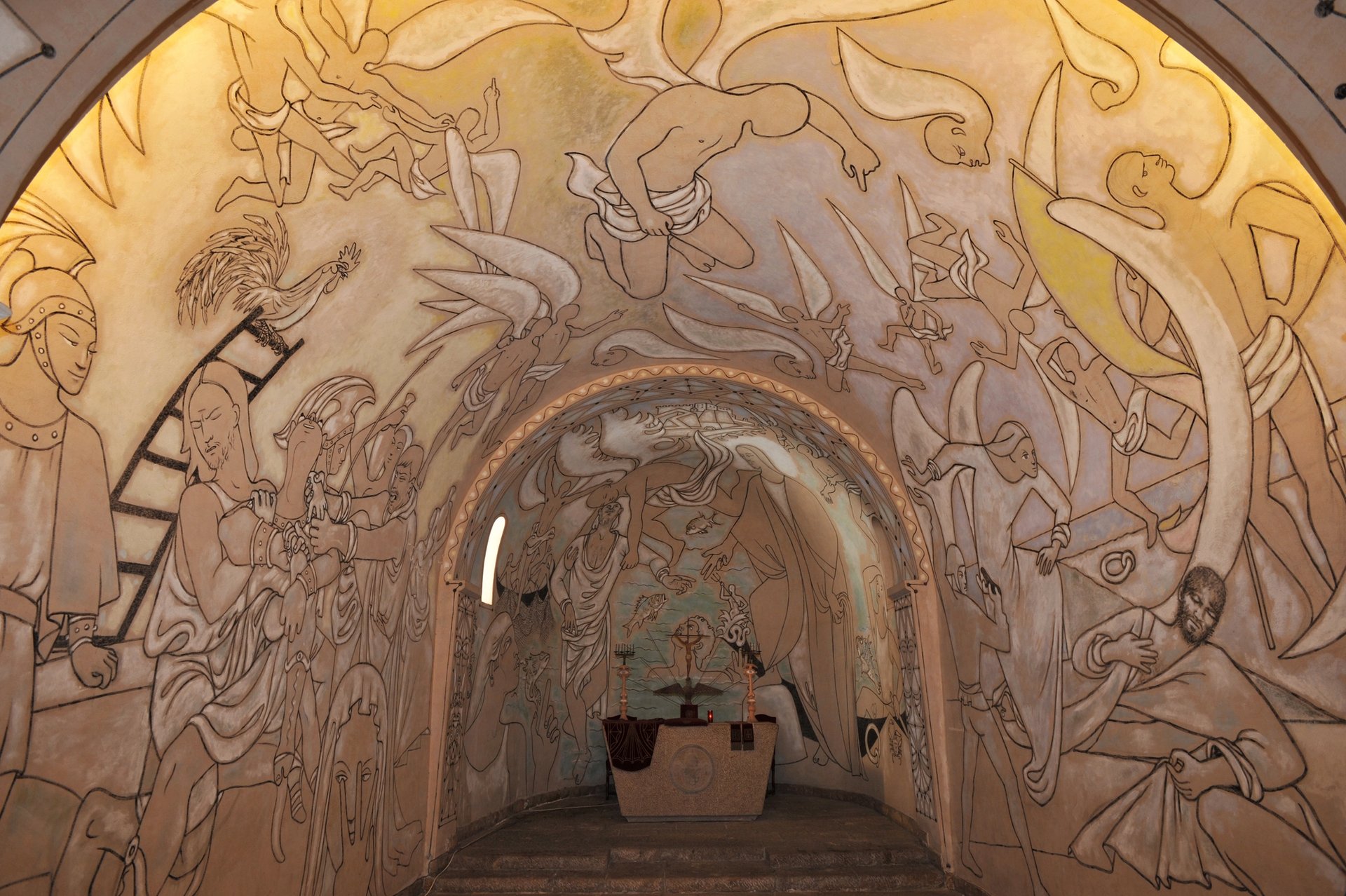
Jean Cocteau’s mural in the Fishermen's Chapel (Chapelle de Saint-Pierre des Pecheurs) of Villefranche-sur-mer, Cote d Azur, France
Photo: Côte d'Azur France Tourisme / Georges Veran
Jean Cocteau was 20th-century France’s Renaissance man. He made films, wrote poems, sat for paintings, conceived of ballets, and designed, or otherwise forged, a wide range of objects, from tapestries and murals to sculpture and paintings.
In the mid 1950s, in a centuries-old church building fallen into disrepair, the Riviera denizen turned his attention to creating a small fishermen’s chapel with interior and exterior decorations. A whimsical gesamtkunstwerk, it combines scenes from the life of St Peter with a fanciful vision of Mediterranean life. Cocteau fans believe that many of the men look like his lover and muse, French actor Jean Marais.
Directions here.
10. Eileen Gray and Jean Badovici’s E-1027 villa (1926-29) Roquebrune-Cap-Martin
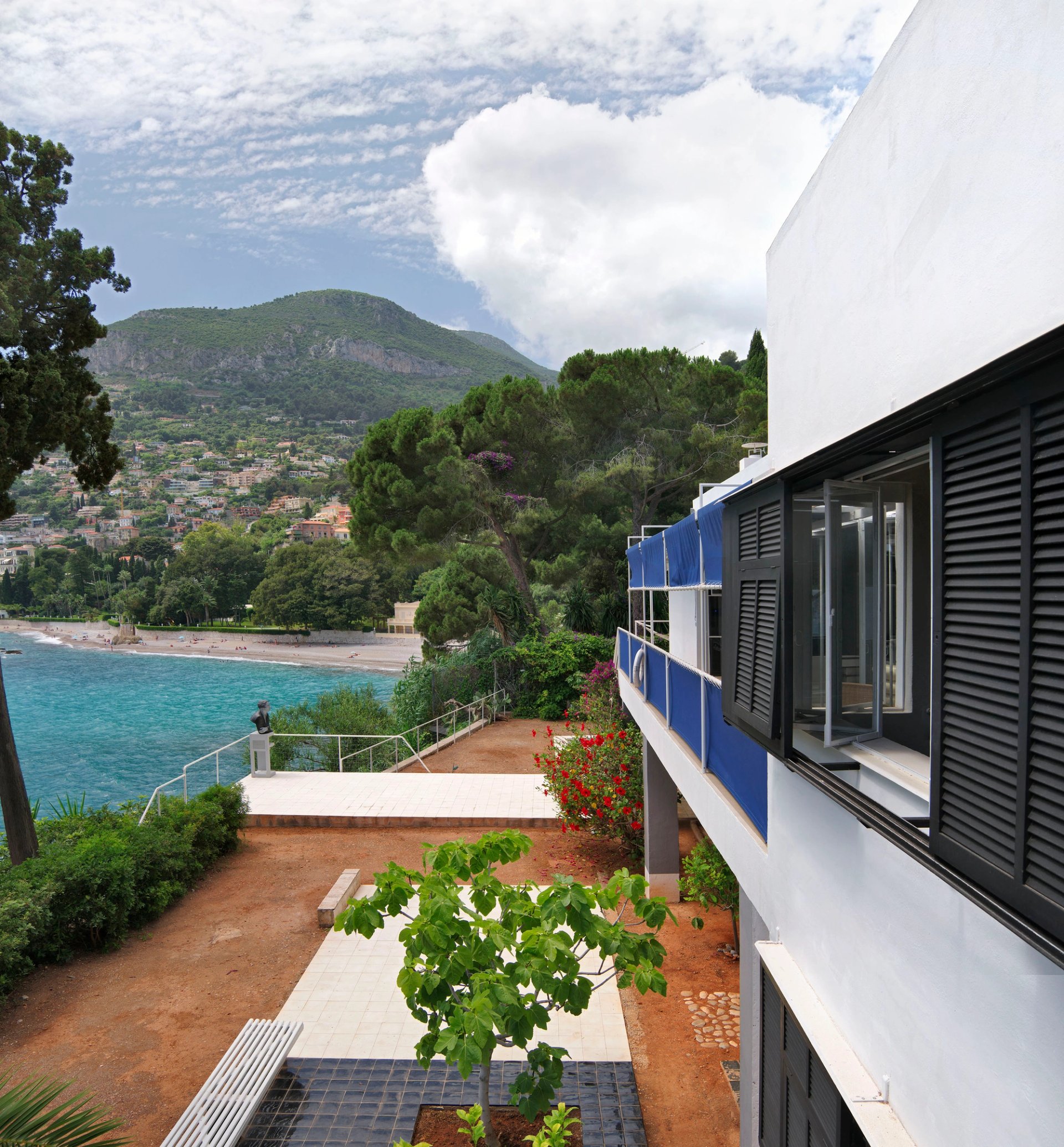
The facade and south-west terrace of Villa E-1027, co-designed by Eileen Gray and Jean Badovici © Eileen Gray, © Jean Badovici
Photo: © Stéphane Couturier / Centre des monuments nationaux
Irish designer and architect Eileen Gray lived to be almost 100. By the time she died in 1976, the master of early Modernism had lived long enough to be all-but-forgotten and then reverently rediscovered. Her masterpiece is this Riviera villa, officially co-designed with her sometime companion, a Romanian architect, but which contains furniture and interiors solely by her.
This white-cube villa, raised on pillars, is a cliffside minimalist jewel, with an open plan and an overall design closely connected to its still-innovative furniture. The villa’s tubular-steel table is now a familiar classic, but many pieces, like an angular desk in a bedroom office area, feel like wholly new designs.
Directions here. Book advance tickets here. NOTE: Reservation required.


